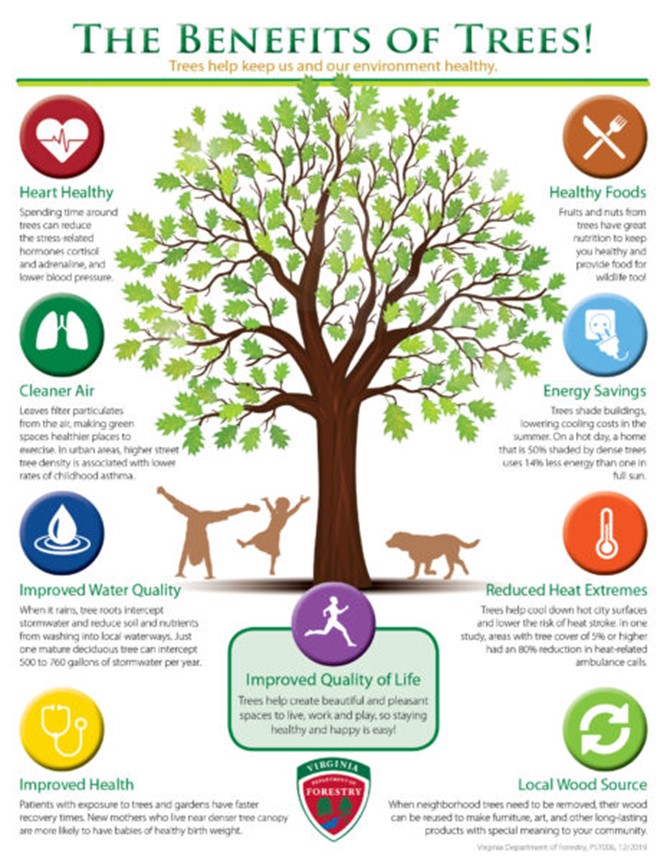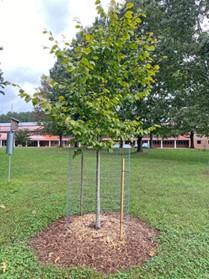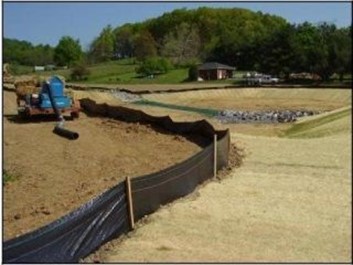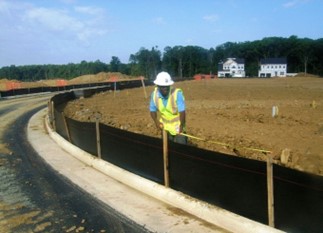Construction on neighboring lots can pose risks to your trees, especially to their roots. Root damage is often the most overlooked yet impactful consequence of construction. Since tree roots often extend beyond property lines, nearby construction may cause some level of root disturbance; however, trees can typically tolerate limited impacts without long-term decline.
Land Development Services Alert:





 For expert guidance, contact the
For expert guidance, contact the  If you're concerned about how nearby development affects trees after a plan is approved, please note that these are considered civil matters and should be resolved directly between the affected property owners.
If you're concerned about how nearby development affects trees after a plan is approved, please note that these are considered civil matters and should be resolved directly between the affected property owners. Whenever possible, motorized construction equipment should be parked within the approved Limits of Disturbance (LOD).
Whenever possible, motorized construction equipment should be parked within the approved Limits of Disturbance (LOD). Construction site operators are responsible for controlling the transport of dust and other wind-born contaminants caused by land-disturbance, demolition and other construction activities. This includes:
Construction site operators are responsible for controlling the transport of dust and other wind-born contaminants caused by land-disturbance, demolition and other construction activities. This includes: